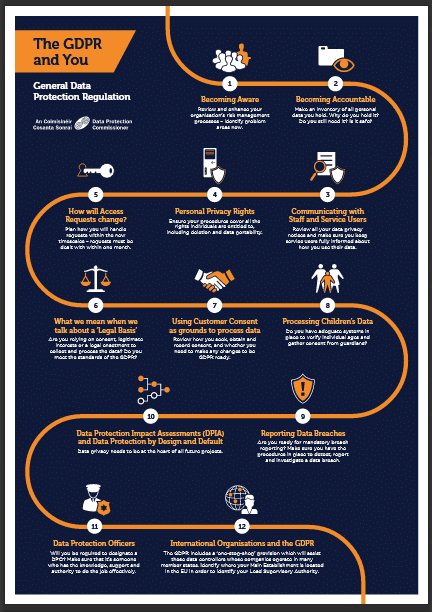Companies in Ireland and the UK who are considering cloud adoption might already have a general idea of the security risks inherent in cloud computing. However, since different providers may not offer the same levels of risk mitigation, it is important to know which providers can give sufficient assurance on cloud security.
Here are 10 cloud security questions to ask service providers vying for your attention.
1. Where will my data be located?
There are a variety of reasons why you will want to ask this question. One big reason is that there are certain countries that don’t have strict legislation (or any legislation at all) pertaining to cloud computing. In that case, the provider won’t be as motivated to apply high levels of risk mitigation.
So if your data is hosted off shore, then you might want to reconsider or at least conduct a deeper study regarding the security conditions there.
2. Do you have provisions for regulatory compliance?
Certain standards and regulations (e.g. PCI DSS and possibly the EU Data Protection Directive) have specific guidelines pertaining to data stored in the cloud. If your organisation is covered by any of these legislation, then you need to know whether your provider can help you meet requirements for compliance.
3. Who will have access to my data?
In a cloud environment, where your data is going to be managed by people who aren’t under your direct supervision, you’ll have to worry as much about internal threats as you would with external threats.
Therefore, you need to know how many individuals will have access to your data. You also need to know relevant information such as how admins and technicians with data access rights are screened prior to getting hired. You also need to determine what access controls are being implemented.
4. How is data segregated?
Since there will be other clients, you will want to know how your data is going to be segregated from theirs. Is there any possibility of an accidental or intentional data breach due to poor data segregation? Find out if your data is going to be encrypted and how strong the encryption algorithm is.
5. How will you support investigative activities?
Sometimes, even if strong cloud security measures are in place, a data breach can still happen. If it does happen, the provider should have ways to track each user/administrator’s activity that can sufficiently support a detailed data forensics investigation.
Find out whether logs are being kept and how detailed they are.
6. Are we protected by a Disaster Recovery/Business Continuity plan? How?
Don’t be fooled by sales talk of 100% up-time. Even the most robust cloud infrastructures can suffer outages too. But the important thing is that, when they do fail, they should be able to get up and running in the soonest time possible.
Don’t just ask about their guaranteed RPOs and RTOs. Find out whether your data and applications will be replicated across multiple sites. Unless the provider says they will be, you need to find a provider with a better infrastructure.
7. Can I get copies of my VMs?
In a cloud infrastructure, your servers are actually in the form of files known as virtual machines (VMs). Because VMs are just files, they should be easily copied. There may be issues though, like the VMs might be stored in a not-so-popular proprietary format. Another possible issue is that the provider may simply not allow copying.
Having copies of your VMs can be useful should you later on decide to transfer to another provider or even duplicate your cloud infrastructure on your own.
8. What will happen to my data when I scale down?
One outstanding benefit of cloud computing is that when your business demands drop, you can easily scale down computing resources and reduce your cloud spending. ?But what will happen to your data when you decommission virtual servers? Will they be discarded?
You might want your data to be retained up to a certain period. On the other hand, you might also want them to be deleted immediately. Ask about the provider’s data deletion/data retention policies and see if they are in line with yours.
9. What will happen to my data if I decide to close my account?
There might come a time when you’ll want to terminate your contract with your cloud provider. Just like in issue #8, you’ll want to find out more about data deletion/data retention policies.
Although some providers can give you detailed answers, many of these answers can include a lot of technical jargon that can leave you totally confused. If you want someone you can trust to:
- simplify those answers;
- help you pick the right cloud service provider, and
- even make sure cloud security is really upheld once your cloud engagement is ?under way
Contact Us
- (+353)(0)1-443-3807 – IRL
- (+44)(0)20-7193-9751 – UK
